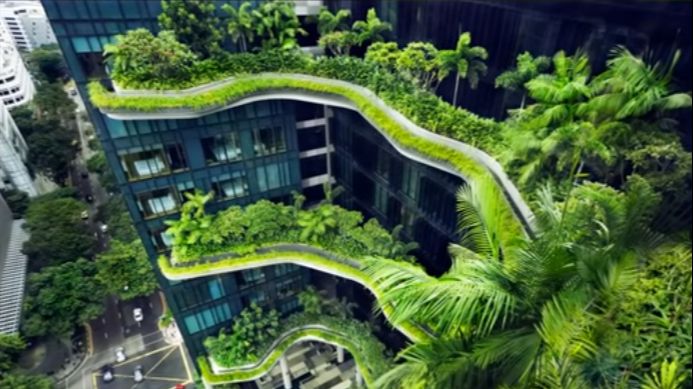Imagine a city where technology and nature intersect, where buildings are not only shelters but also green lungs, where the stifling of concrete is replaced by the fresh, cool atmosphere batch. It is Singapore, the island nation is pioneering in the fight against urban heat island effects - a common challenge of many cities around the world. By combining advanced science and methodical urban planning, Singapore is gradually creating a sustainable future for its people.
Urban heat reversal effect
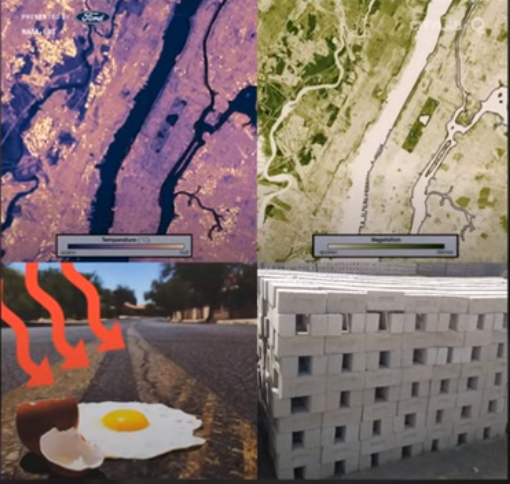
When observing the thermal image of a city and compared to the vegetation map, it is easy to see that areas with many trees often have lower temperatures. This is explained by the ability to absorb heat from the surface of materials such as asphalt, concrete and tile roofs much higher than trees. This phenomenon is called urban heat reversing effect, making the temperature in cities often higher than the surrounding area sometimes deviated to a few degrees C.
The urban heat island effect is becoming a serious threat to human health, especially when the increasing urban population worsen the impact of climate variables. Thermal waves are considered to be the leading cause of death among extreme weather phenomena, even more dangerous than storms and floods. Therefore, a group of researchers in Singapore is focusing on researching strategies to minimize urban heat reversing effects. The project called Cooling Singapore "Singapore cooling" is supported by the government in the combination of all the knowledge collected to create a digital tool capable of supporting cities. Worldwide began to test from Singapore itself.
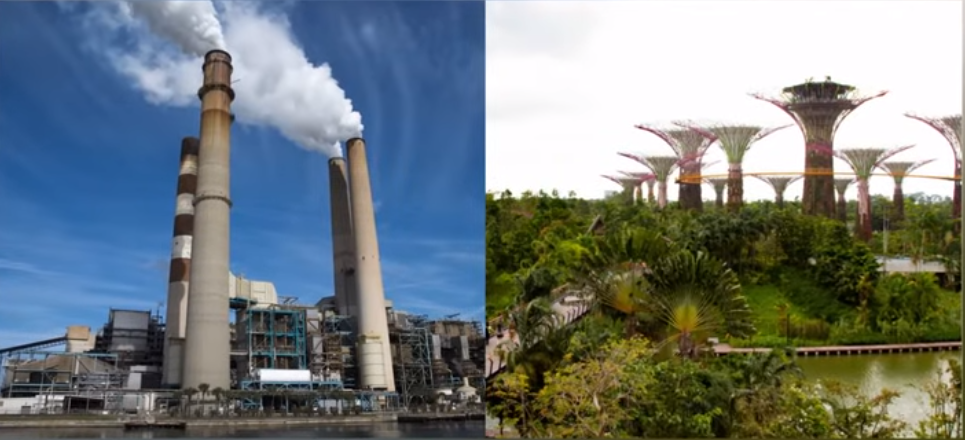
Located near the equator, Singapore often suffered a fierce heat with a temperature to more than 32 degrees Celsius equivalent to 90 degrees F and the architectural works in the city worse the situation. Singapore is a typical example showing a significant temperature difference between urban and rural areas. High concrete density has caused Singapore's urban temperature to be 7 degrees higher than the countryside. Recognizing this problem, the Singapore government has been implementing many drastic measures to control the temperature.
Natural cooling system
Gardens by the Bay, a famous park that has won many awards is a testament to this effort, inside the greenhouse area, visitors can enjoy the cool cool atmosphere with a temperature of only 24 degrees C. The secret is located in a giant roof with a system of 20 nearby towers cooled by the largest underground cooling system in the world. This system operates based on the principle of using a central factory to cool the water, then lead the water to buildings including residential towers, exhibition centers, commercial centers, complexes The Marina Bens casino and hotel symbolize the city.
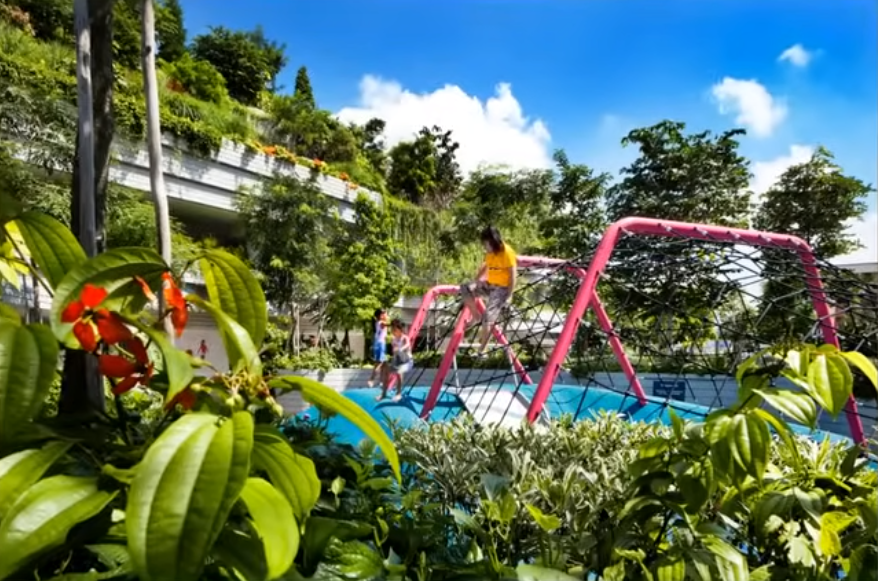
The outstanding advantage of this system is the ability to save energy, buildings using this cooling system can minimize 40% of electricity consumption compared to the use of traditional air conditioning. For Singapore, the country depends mainly on natural gas to produce this new system of electricity with great significance in reducing the amount of emissions equivalent to the removal of 10,000 cars from the street. This is extremely important for the whole world. If the global warming continues to predict until 2050, more than 1/3 of the world's electricity will be used to cool the buildings and vehicles.
As the earth is increasingly heated up, the demand for air conditioning and refrigerators will constantly increase, but more and more people use these household appliances, leading to an energy -wandering circle consumption. Increasing the amount of heat discharged into the environment also increases, contributing to the worst cause of climate change.
Recognizing this problem since 2017, researchers at the Cooling Singapore project have been trying to find design solutions to minimize the need for excessive cooling system from the beginning, and one. Among the important factors that many cities focus on is the role of vegetation. Variasis is considered an effective solution in reducing urban heat for many reasons. Firstly, the sunshine effect of trees helps prevent direct sun discharge. Second, vegetation brings a psychological comfort to humans, and eventually the evaporation effect from trees also contributes to reducing the surrounding environment temperature.
The vegetation is shown in many different forms from trees and bushes on the ground floor to form large trees for people to walk below, to green patches arranged on the facade and roof. . Singapore has long been known as one of the pioneering countries in creating a green space, right from 1967, the late Prime Minister Ly Quang Dieu has come up with a vision to turn Singapore into a garden city where his life People are improved both physically and mentally. And today Singapore has become one of the greenest cities in the world in terms of urban vegetation.
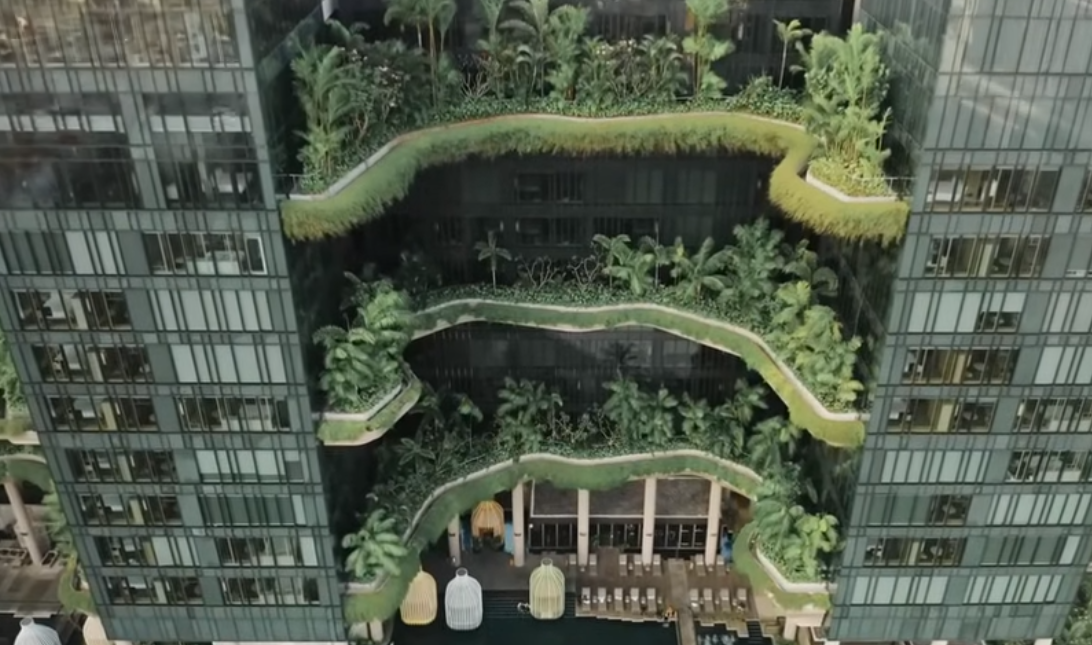
Kampung Admiralty is an electric example for an effective green architectural model, this public center is built with a full range of medical facilities and common living space, while bringing a large green space. much more than the original land area. Prominent on the roof of the building is the staggered roof system covered by indigenous trees to form a unique community park. Besides, the green area in the center with small agricultural lands taken care of by residents is also an impressive highlight. Park Royal Collection is another testament to the efforts of creating a green space of Singapore, designed in the garden model in the garden.
Park Royal has doubled the green potential for the area with an area of up to 15,000 square meters. The high garden here brings a green space with clear lake, murmuring waterfalls, green porch trees and walls covered with plants. Not stopping there, Singapore also sets the ambitious goal of planting an additional 1 million trees and expanding the green space within the next 10 years, this is not just an effort to minimize the urban heat reversal effect but that It is also the desire to create a closer living environment for the people.
However, these efforts are not enough to completely reverse the situation over the past six decades of Singapore's warming speed is still twice as fast as the global average. Therefore, the Cooling Singapore project has been continuing to research and develop many other effective heat reduction solutions.
Other solutions
When you want to minimize the thermal effect in a city, the building or even a village, the first step to do is to cover the sunlight, and at the same time need to ensure the airy areas for the wind. Can circulate. Another effective measure is to use water at a certain depth. Because it can act as a great heat cushion. For high -rise buildings, the rear facade is needed to be less heavy and take measures to shield direct sunlight, in the long run, it should completely eliminate the sources of internal burning energy in urban areas. Instead, electricity production should be transferred from the city area and only transmitted clean electricity into use.
In addition, the reduction of energy use in the city is very important a potential solution is to gradually convert the roofs and wear money of buildings into renewable energy producing. Although there are many limitations in Singapore, if effective, this solution can meet up to 20 to 25% of the electricity needs of this island nation. To realize these ideas Cooling Singapore is developing a virtual model of the city called digital urban climate pipe.
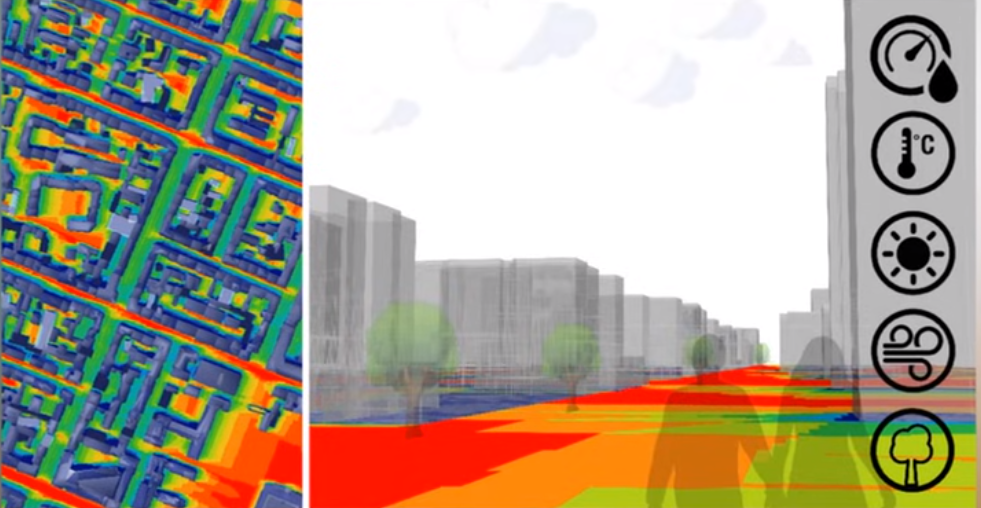
This model allows to assess the impact of each urban design element on the heat -driving effect, it not only simulates the shape of the evil family but also includes the transportation system of radiation temperature. The sun, the microclimate weather of the water and the movement of the people. This model allows planners to invent and test different scenarios before deployment in practice. If a scenario gives positive results it will be considered to apply in practice.
This module will help Singapore determine the next steps in reducing heat reversing effects, its application is not only limited to Singapore but also can be expanded to any city in the world regardless of. The goal is to retain heat, or heat. Since then, this model contributes to energy saving to minimize climate change and improve the quality of life for people. This is a potential technology that Singapore can export in combination with its advanced urban development system.
Singapore is one of the few countries combining scientific approaches with proper urban planning and design through close coordination among government agencies. The achievements that Singapore achieved in the past were a testament to that. If you continue to pursue a scientific path and combine with other professional knowledge Singapore will become a city worth living and more comfortable in the future.
